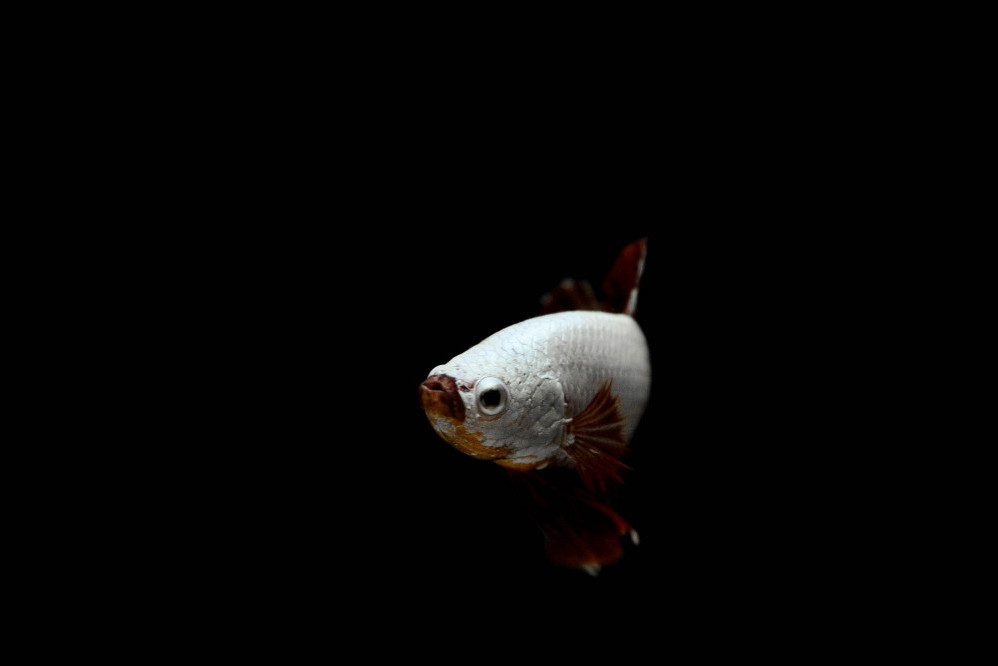
“What Is the Deep Sea? | An Under-Explored Depth of Darkness!” takes you on a journey into fathoms beyond where scientists have yet to conquer. They have merely scratched the surface.
Other questions are being asked about the existence of life, climate, and depth of the deep sea.
The deep sea holds many mysteries. As a result, researchers are determined to solve them by any means possible. Subsequently, modern technology has allowed them to make some significant headway.
Regardless of all this development, there is still a very long way to go to get answers.
The Deep Sea. | Where Is It?
We hear phrases such as the deep blue sea, a thousand leagues under the sea, and fathoms of the sea. Do any of these give answers to, “What Is the Deep Sea?” Let’s explore…
People often say they’re caught between the devil and the deep blue sea. It means they are in a very difficult position needing to make a decision.
A thousand leagues under the sea is considered to be 3,000 miles. A fathom refers to a depth of 6 feet under the sea. League is width; fathom is depth.
Most of us are familiar with the shallow portion of the sea, up to 200 meters or 218.72 yards. There are different levels below that. The deep sea is considered to be below 1000 meters.
The deeper it gets, the darker, colder, and greater the pressure. Scientists have insisted for a very long time that life couldn’t possibly be there. They have been proved wrong since the latter part of the 19th century.
Many research expeditions are being conducted with each trip being more mind baffling. The belief now is that there is more life in the deep sea than on land and the familiar parts of the ocean altogether.
Most of the creatures are unique in their appearances, structures, and mode of survival.

Depth of Darkness. | Doom or Survival?
Surprisingly, despite the gloomy outlook of the deep sea, scientists are revealing some astonishing finds. This indicates how little they knew and how much is yet to be discovered.
Descriptions and pictures of life at the bottom of the ocean shows…
- There are different structures and sizes of creatures than those known closer to the surface.
- Most of these living organisms exhibit Iluminosity or bioluminescence.
- It has a similar landscape to land; for example, mountains and valleys, etc.
Some Answers Found | Many More Questions Surface.
Different Structures: The eyes and mouth of some of these creatures show evidence of distinct characteristic differences. Larger eyes allow greater vision in the dark surroundings. Larger mouths enable them to eat massive portions or swallow prey whole.
This became necessary as a means of survival. Food seemed to be scarcer, so metabolism is slower. They also expended less energy to search for food.
Bioluminescence: This process is described as self-producing light by some form of chemical reaction or chemiluminescence.
One major benefit of this technique is the ability to see prey. Secondly, it serves as a deterrent from predators. Thirdly, it helps to find mates for reproduction.
Landscape: The Mariana Trench would swallow up Mt Everest, the highest mountain range on land. That is the deepest area found in the ocean so far and is located in the Pacific Ocean.
When researchers think they have found the deepest area, they come across a drop indicating a valley. They also found mountain ranges called seamounts. There is also evidence of volcanic actions.
Altogether these are amazing discoveries as exploration of the deep sea continues.
Bear in mind, the survival of creatures at any depth depends on the functions of the ecosystem. There is a dependency on each other and the resources in and around every organism.
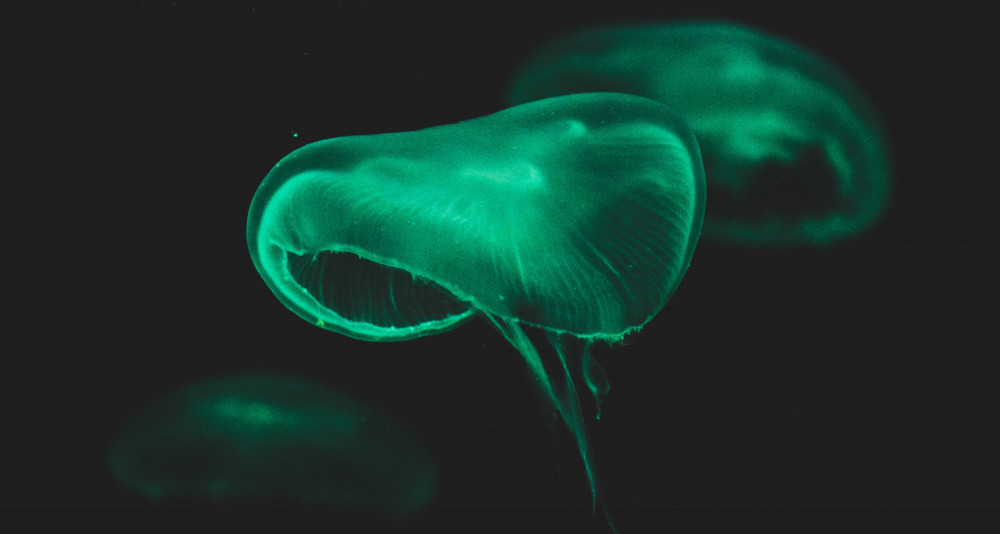
Under-Explored. | Scientific Expeditions.
In the past number of years, curiosity led researchers to build and launch more effective equipment. These are more suitable to withstand the overall harsh conditions of the under-explored depth of the ocean.
This resulted in remote-operated vehicles (ROVs), single-man and larger submarines, and special cameras. These are very expensive and significant achievements.
Such trips enabled researchers to be even more determined to make greater discoveries. What were previously assumed impossibilities are becoming undeniable reality.
As a result, scientists can spend many hours at a time with teleconferences. These take place between underwater crew and shore-based teams.
It is now possible for scientists, teachers, students, or other interested parties in close proximity or anywhere in the world to have greater participation in the process via internet.
These missions have been successful to some degree shedding light in the darkness; however, they are still “left in the dark” in terms of the limited areas they have already explored.
Deep Sea Mining. | Another Overwhelming Issue.
In addition to everything else going on, the topic of marine mining is a big issue. An abundance of minerals have been found. This has attracted great interest from companies and countries globally.
This could result in the potential destruction of an under-explored ecosystem. What is the common ground between exploration for more discovery of life or destruction while hunting for valuable minerals?
Arguments for both sides have been ongoing for years. On one hand, the benefits may seem worthwhile. In contrast; the projected destruction is sure to have far-reaching consequences.
Pros and cons exist on either side. In any event, those with deeper pockets and influence, especially political, attract the majority.
People tend to be bandwagonists, going along with what seems to be most popular. The loudest voices often win.
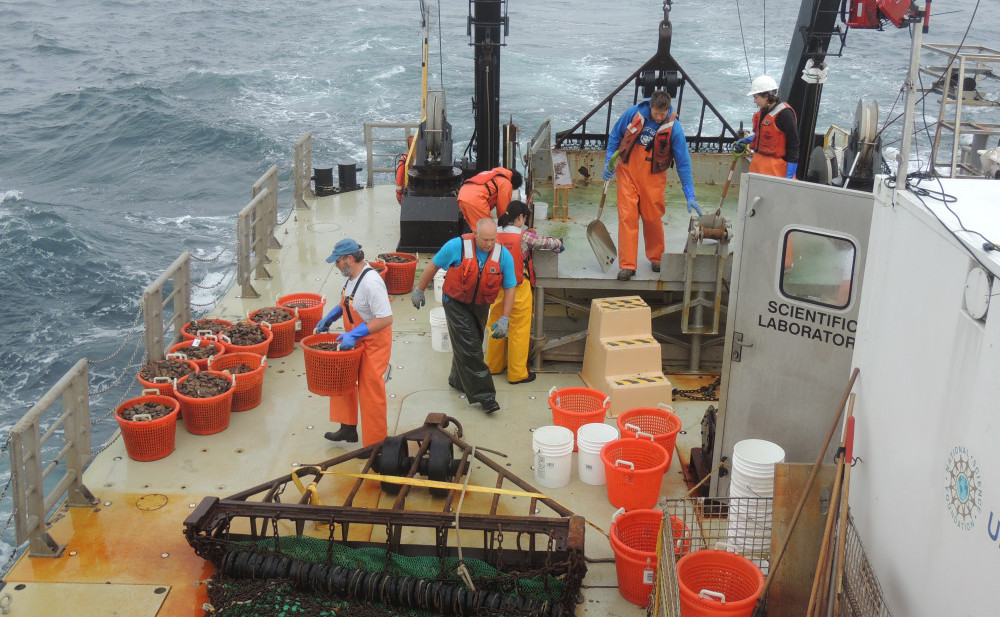
Relatives in the Not-So-Deep. | Better-Known Above.
The “grass may be greener on the other side.” Despite that, the amazing discoveries have shown the organisms in the deep sea learn to adjust and are equipped to live there.
Moreover, many of the organisms have similarities to those found in the shallow areas. However, their distinct characteristics indicate a number of different species.
One type of organism found in all layers of marine life is the echinoderm which includes the sea star. They are typically found from the warmest to the coldest climates around the globe and at all depths.
Various species of all kinds include…
- Echinoderms: sea stars, sea urchins, sea cucumbers, brittle stars (ophiuroids)
- Crustaceans: shrimps, lobsters, crabs, prawns
- Molluscs and Other Gelatinous Organisms: octopus, jellyfish
- Crinoids: feather stars, sea lilies
- Immobile Invertebrates: corals, sponges
- Vertebrates: lanternfish, flashlight fish, anglerfish, cookiecutter shark, some species of eel
Fauna and an abundance of bacteria also contribute to the diversity in that depth.
Some creatures from the deep sea travel upward, especially at night, to find food. Others rely entirely on carcasses or other substances such as drift wood that fall from above.
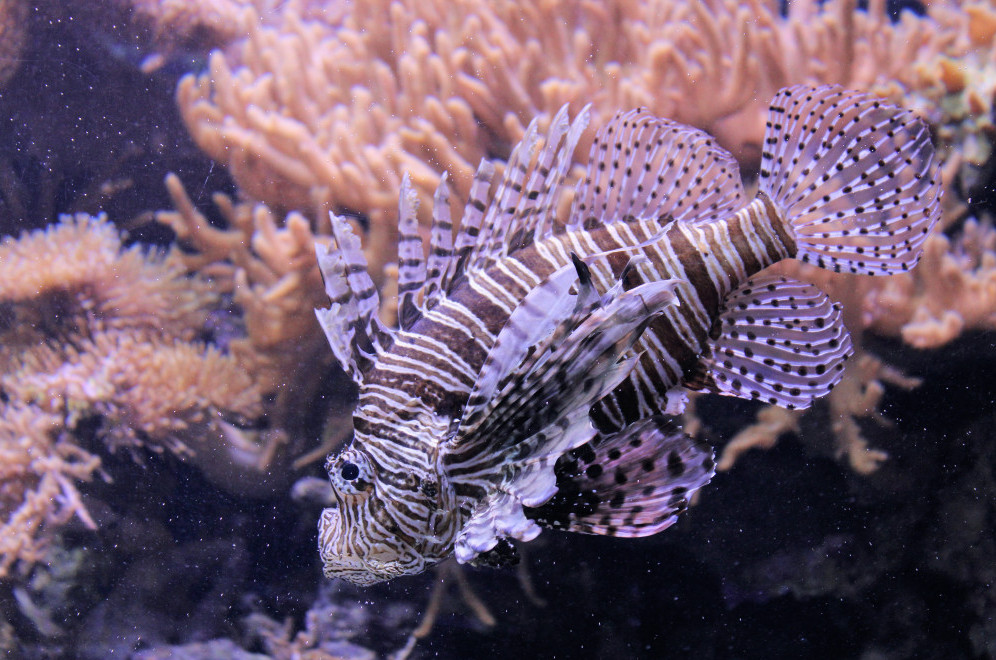
Expeditions to… | Depths Unknown.
Here is a summary of “What is the Deep Sea? | An Under-Explored Depth of Darkness!”…
This area is known to be full of mysterious organisms. They survive in the cold, dark, and otherwise adverse conditions. How wrong the previous beliefs were! It also has a similar landscape to terrestrial areas.
While some organisms are similar to others living in the upper levels, a number of different species have been discovered. Their survival depends on adaptable features and habits.
Deep sea mining is a huge controversial topic. It has been for many years. Pros and cons on either side seem to make sense. In any case, the final outcome is yet to be seen.
As it turns out, there are more questions than answers. New technology has enable modern expeditions to this massive ocean space. Despite their efforts, scientists have only scratched the surface.
We’ll have to keep a close look to see how this will eventually turn out.
I hope you enjoyed this article, “What Is the Deep Sea? | An Under-Explored Depth of Darkness!”
If you have any questions or comments, please feel free to leave them below. I will be more than happy to address them.
Veron Lee Campbell | Entrepreneur | The Way 4WordEnterprises
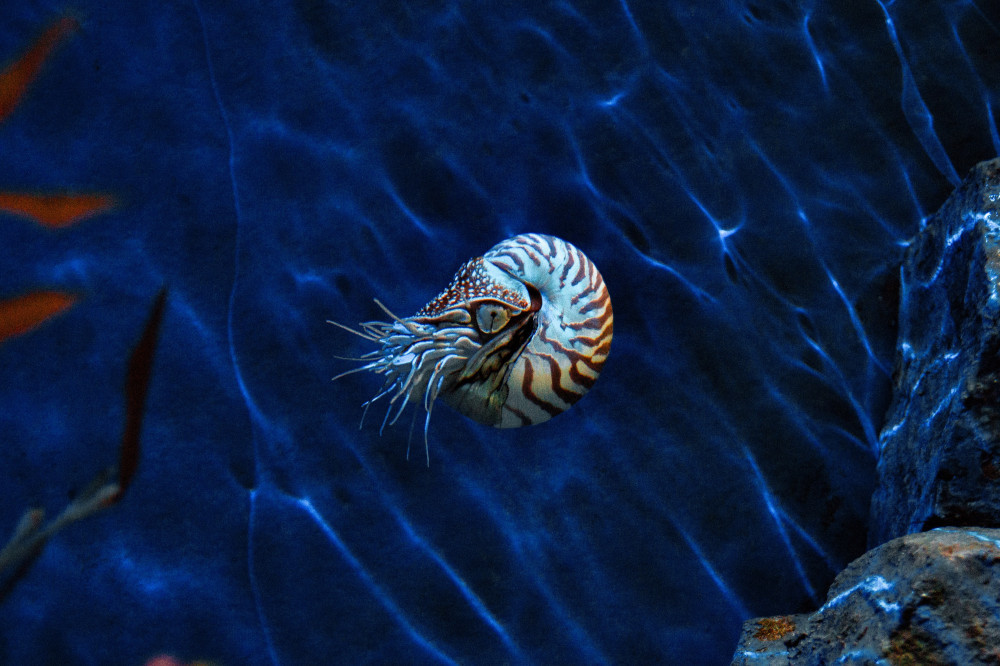
Great article!
This took me back to my childhood days on the beach with my cousins and grandfather, Hector, whiled he worked. We had so much fun!
Thank you, Jerado. They were certainly fun days for all of us!